This is a follow-up question to Using bullets list in tikz's node label in rmarkdown. I had some TikZ code that works fine in pure LaTex but NOT when I transport it to rmarkdown where the error ! LaTeX Error: Something's wrong--perhaps a missing \item. is raised. This was solved in the answer to Using bullets list in tikz's node label in rmarkdown but another issue arises applying the solution I got in there.
You can refer to the original question (Using bullets list in tikz's node label in rmarkdown) but basically I have some TikZ code for pictures to be used as part of a larger rmarkdown file. It works in LaTex as I tested in on https://www.overleaf.com/ but once in rmarkdown, it raises the missing item error. The proposed solution in Using bullets list in tikz's node label in rmarkdown was to add a \minipage environment in rmarkdown (see the code below).
My problem with the use of the \minipage environment is that I will have to manually set its width (or at least I don't know how to automate this) before creating the node which is supposed to be part of a large TikZ picture. In other words, I need to know the allocated space for each node to reproduce the picture in rmarkdown. I was wondering whether there is a way to infer the size of the node in advance, so that I can create a minipage matching the size of the node it will contain.
\documentclass{article}
\usepackage{tikz}
\usepackage{enumitem}
\begin{document}
\definecolor{BulletsColor}{rgb}{0, 0, 0.9}
\newlist{myBullets}{itemize}{1}
\setlist[myBullets]{
label=\textcolor{BulletsColor}{\textbullet},
leftmargin=*,
topsep=0ex,
partopsep=0ex,
parsep=0ex,
itemsep=0ex,
before={\color{BulletsColor}\itshape}
}
\begin{tikzpicture}
\node[draw, rounded corners] (a) {
\begin{minipage}{2.5cm}
p
\begin{myBullets}
\item first item
\item second item
\end{myBullets}
\end{minipage}
}
;
\end{tikzpicture}
\end{document}
I am also open to other solutions as long as I will NOT have to specify the size of my nodes manually. For example doing (note the commented lines)
\begin{tikzpicture}
\node[draw, rounded corners] (a) {
% \begin{minipage}{2.5cm}
p
\begin{myBullets}
\item first item
\item second item
\end{myBullets}
% \end{minipage}
}
;
\end{tikzpicture}
in TikZ will infer the size of the node from its text size and I am looking for something that allows me to use the same code in rmarkdown without having to manually specify the size of each minipage across my nodes.
